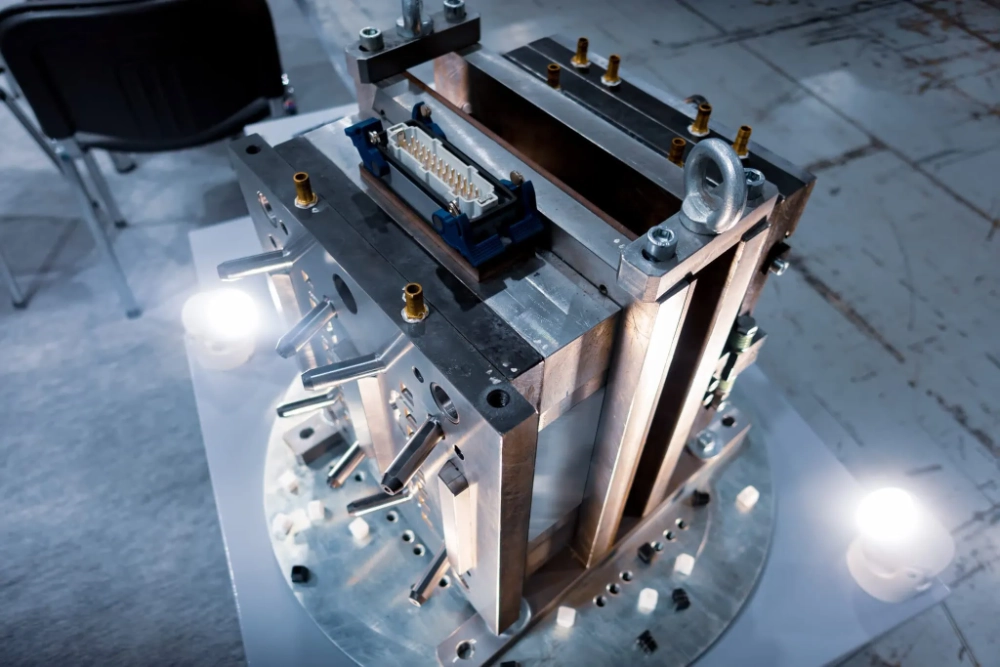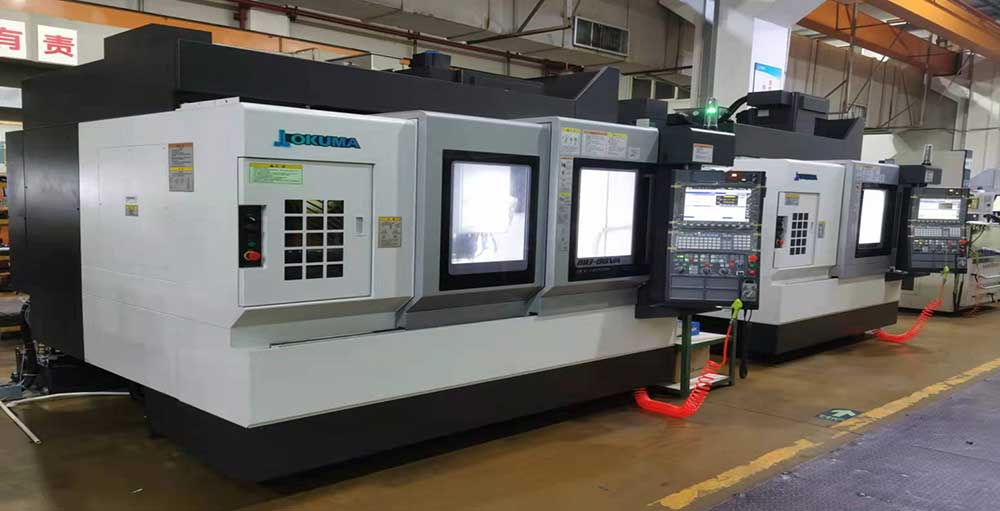Difference Between Injection Molding and Die Casting: Understanding the Key Differences
Introduction
When it comes to manufacturing parts, two of the most commonly used processes are injection molding and die casting. Both of these techniques are highly effective for mass production, but they work with different materials and offer distinct advantages depending on the requirements of the product. In this article, we will explore the key differences between die casting vs metal injection molding and help you choose the best process for your needs.

What is Die Casting?
Die casting is a metal casting process that involves injecting molten metal under high pressure into a mold. The mold, or die, is typically made from high-strength materials like steel to withstand the high pressure. Die casting is used primarily for metals such as aluminum, zinc, magnesium, and copper alloys, and it is especially well-suited for producing parts that require high precision and strength.
Types of Die Casting:
-
Hot Chamber Die Casting
In hot chamber die casting, the molten metal is stored in a chamber that is part of the machine. The material is injected into the die under pressure using a piston mechanism. This process is typically used for metals with lower melting points, such as zinc and lead. -
Cold Chamber Die Casting
Cold chamber die casting involves manually pouring the molten metal into a chamber before it is injected into the die. This process is used for metals with higher melting points, such as aluminum and magnesium.
Advantages of Die Casting:
- High Precision and Accuracy: Parts produced by die casting have exceptional dimensional accuracy, which is ideal for tight tolerances.
- Strength and Durability: The process creates parts that are both strong and durable, making it suitable for industries such as automotive, aerospace, and consumer electronics.
- Complex Geometries: Die casting is particularly beneficial for complex shapes and intricate designs due to its ability to form thin walls and sharp details.
- Mass Production: Ideal for large-volume production, reducing per-part costs significantly.
Die Casting Case Study:
Application Example: Automotive Industry
In the automotive sector, die casting is widely used for producing components like engine blocks, transmission housings, and structural parts. A real-world example is the production of aluminum engine blocks. Die casting ensures the parts are lightweight yet strong enough to meet the high-performance demands of modern vehicles.
What is Injection Molding?
Injection molding is a manufacturing process used to produce parts by injecting molten material—typically plastic—into a mold. Unlike die casting, which is used primarily for metal parts, injection molding is mainly used for plastics but can also work with metals in specific cases (such as metal injection molding). Injection molding is widely used in various industries to create high-volume, complex parts.
Process Flow:
- Material Preparation: The plastic or metal material is heated to a molten state.
- Injection: The molten material is injected into a mold under high pressure.
- Cooling and Solidifying: The part is cooled and solidified in the mold.
- Ejection: The finished part is ejected from the mold.
Advantages of Injection Molding:
- Versatile Material Options: Injection molding can accommodate a variety of materials, including thermoplastics, thermosets, and even certain metals.
- Cost-Effective for High Volumes: Like die casting, injection molding is suitable for large-scale production runs.
- Customizable and Precise: With the right mold design, injection molding can create parts with fine details and complex geometries.
- Low Post-Processing Needs: Parts often require little to no finishing, as injection molding typically provides a high-quality surface finish.
Injection Molding Case Study:
Application Example: Consumer Electronics
Injection molding is commonly used in the production of smartphone cases, plastic housings for electronics, and appliance components. The ability to design and create intricate features, such as snap-fit assemblies and thin-walled designs, makes injection molding an excellent choice for these applications.

Die Casting vs Metal Injection Molding: Key Differences
1. Material Types Used
- Die Casting: Primarily used for metals, including aluminum, zinc, copper, and magnesium alloys. It’s particularly advantageous when dealing with products that require high strength and durability.
- Metal Injection Molding: Used for fine metal powders mixed with binders, then injected into molds to create small, intricate metal parts. This process is commonly used for manufacturing parts made from stainless steel, titanium, and other alloys, often for medical devices, aerospace, and automotive industries.
2. Process Precision and Tolerances
- Die Casting: Offers high precision, but typically has tolerances in the range of +/- 0.5 mm depending on the complexity of the design. Ideal for larger parts.
- Metal Injection Molding: Offers extremely fine precision and can produce parts with tighter tolerances (often +/- 0.2 mm) than die casting. Suitable for smaller, intricate parts.
3. Production Speed and Volume
- Die Casting: Excellent for large-scale production due to its speed. Parts can be produced quickly, and the per-unit cost reduces as volume increases.
- Metal Injection Molding: Slightly slower than die casting due to the more detailed process involved, but still suitable for high-volume production, especially when tight tolerances are required.
4. Material Strength and Durability
- Die Casting: Parts made from die casting are generally stronger and more durable, which makes them ideal for high-performance applications.
- Metal Injection Molding: While it produces detailed and complex parts, the material strength may not be as high as die-cast parts, making it better suited for less demanding applications.
Visual Comparison Chart:
| Feature | Die Casting | Metal Injection Molding |
|---|---|---|
| Material Types | Metals (Aluminum, Zinc, etc.) | Metal powders (stainless steel, etc.) |
| Precision | +/- 0.5 mm | +/- 0.2 mm |
| Production Speed | Fast for large runs | Slower, but fine for small parts |
| Durability | High strength and durability | Moderate strength |
| Best for | Complex parts, large volume | Small, intricate parts |
Choosing the Right Process for Your Product
When deciding between die casting vs metal injection molding, it’s crucial to evaluate the specific needs of your project. If you require large, durable parts with high strength, die casting is likely your best option. However, if you need precise, small parts with intricate features, metal injection molding may be the more appropriate choice.
Conclusion:
In conclusion, both die casting vs metal injection molding have their advantages, and the right choice for your project depends on your material needs, part size, production volume, and the required precision. At Huazhi Technology, we specialize in both die casting and injection molding and offer customized solutions for your unique manufacturing needs.
If you are still unsure about which manufacturing process is right for your project, die casting vs metal injection molding, reach out to us at Huazhi Technology. Our experienced team will guide you in selecting the most efficient and cost-effective solution tailored to your needs. Contact us today to discuss your project!
FAQ: Die Casting vs Metal Injection Molding
1、What is the primary difference between die casting vs metal injection molding?
The primary difference between die casting vs metal injection molding lies in their materials and processes. Die casting is a manufacturing method used for producing strong, durable metal parts by injecting molten metal into a mold under high pressure. In contrast, metal injection molding (MIM) is a variation of injection molding that utilizes finely powdered metal mixed with a binder material, which is then heated to form precise and intricate metal components. While die casting excels in creating larger metal parts with high strength, MIM is ideal for producing small, complex parts with detailed features.
2、Which process is more cost-effective for large volumes?
Both die casting vs metal injection molding can be cost-effective for large-scale production. However, die casting tends to be more economical when producing larger metal parts in bulk due to its faster cycle times and ability to create robust parts with minimal post-processing. On the other hand, MIM is more efficient for manufacturing smaller components that require precise detailing and complex geometries.
3、Can injection molding handle metal parts?
Yes, metal injection molding (MIM) is specifically designed to handle metal parts. This method is particularly suitable for producing small, intricate components used in industries such as medical devices, aerospace, and electronics. MIM combines the flexibility of plastic injection molding with the strength and durability of metal materials.
4、What are the typical materials used in die casting vs metal injection molding?
Die casting commonly uses non-ferrous metals such as aluminum, zinc, and magnesium due to their excellent casting properties and lightweight characteristics. Meanwhile, metal injection molding typically utilizes stainless steel, titanium, and other specialized alloys ideal for applications requiring high strength, corrosion resistance, or biocompatibility.
5、Which method is better for complex geometries?
Metal injection molding (MIM) is generally superior for producing intricate designs and highly detailed parts due to its ability to fill complex molds with precision. Die casting, while effective for complex shapes, may face limitations when creating extremely fine details or thin walls.
6、What industries commonly use die casting and metal injection molding?
Die casting is widely used in the automotive, aerospace, and consumer electronics sectors for producing durable metal parts such as engine components and structural elements. Metal injection molding is favored in medical devices, firearms, dental instruments, and small mechanical parts that demand precision and strength.
7、Which process offers better surface finish?
Metal injection molding often provides superior surface finishes due to its ability to create smooth and finely detailed parts directly from the mold. Die casting may require additional finishing processes like sanding or polishing to achieve similar results.
8、What is the production lead time for die casting vs metal injection molding?
Die casting generally offers faster production lead times, especially for bulk manufacturing, since parts can be cast, cooled, and removed quickly. MIM requires additional steps such as debinding and sintering, making the overall process slightly longer but still highly effective for intricate parts.
9、Which method is more environmentally friendly?
Metal injection molding is often considered more environmentally friendly due to its efficient material usage and minimal waste production. Die casting can produce excess metal waste, although this is often recyclable.
10、How do the mechanical properties of parts differ between die casting and metal injection molding?
Die-cast parts tend to have higher density and strength, making them ideal for structural applications. Metal injection molded parts, while strong, may have slightly lower density but excel in precision, flexibility in design, and corrosion resistance.
